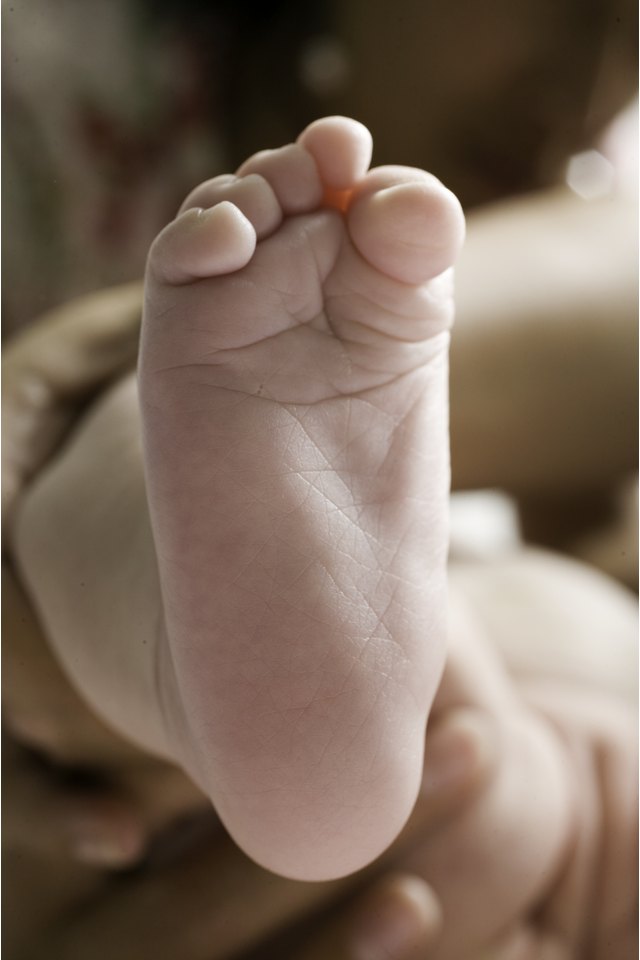Abductor Hallucis Stretches

Your abductor hallucis is the muscle that runs down the inside edge of your foot and controls the flexion of your big toe. Because of the heavy load your body supports every time you stand up, it is very common for this muscle to tighten or cramp. Fortunately, by stretching this muscle you can restore its elasticity and strength.
The Abductor Hallucis
Your abductor hallucis muscle stretches from the calcaneus bone at your heel to the base of your big toe. When it contracts, it flexes and abducts, or moves away, your big toe. It also provides structural support for the inside arch of your foot.
Common Issues
Supporting your body weight can place a great deal of strain on this muscle, particularly if you are a long distance runner or frequently wear high heels or shoes that are too small. Additionally, if you overpronate and shift too much of your body weight over the inside edge of the arch of your foot, you may cause pain in this muscle. If left untreated, this pain can develop into plantar fasciitis, heel pain or bone spurs.
Stretches
There are many methods of stretching the abductor hallucis. Generally, they involve pointing your foot away from your body and then bringing your toes up towards your shin as far as you can. Often these exercises will also incorporate rotating or flexing the ankle to loosen the gastrocnemius or soleus muscles in the calf. The goal of any abductor hallucis stretch such as the toe strengthener or the ankle circle is to increase the range of passive flexion in your foot by improving the flexibility of your inside arch.
One simple exercise that works the abductor hallucis muscle is the point-and-flex. From a seated position, extend both legs out in front of you with your feet together. Flex your ankles to point your feet away from you and then from that position, flex your toes as far back as you can. Hold for a few moments.
Tips
If these stretches cause pain for more than a few seconds after you stop the exercise, consult your doctor or physical therapist for gentler remedies such as rest, ice packs or corrective shoes. Wearing properly fitting shoes will help prevent pain in your arch. Shoes with low arches such as flip-flops may not be able to properly support the abductor hallucis.
References
Writer Bio
Todd Maternowski began writing in 1996 as one of the co-founders of "The Chicago Criterion." He joined the local online news revolutionaries at Pegasus News in 2006, where he continues to work to this day. He studied religion at the University of Chicago.
